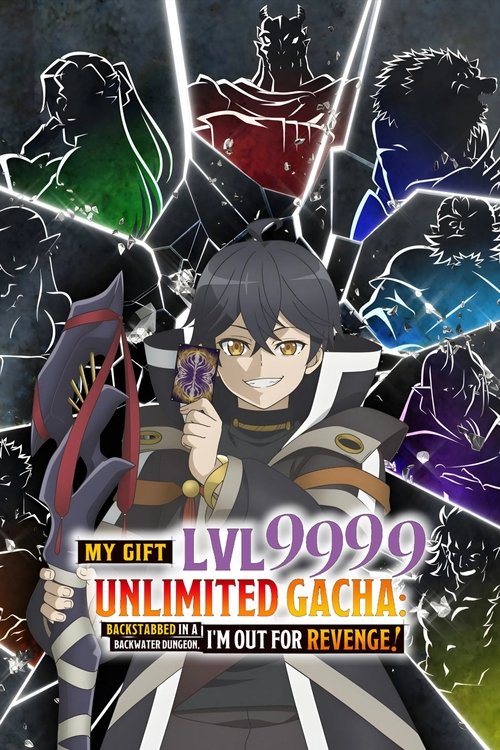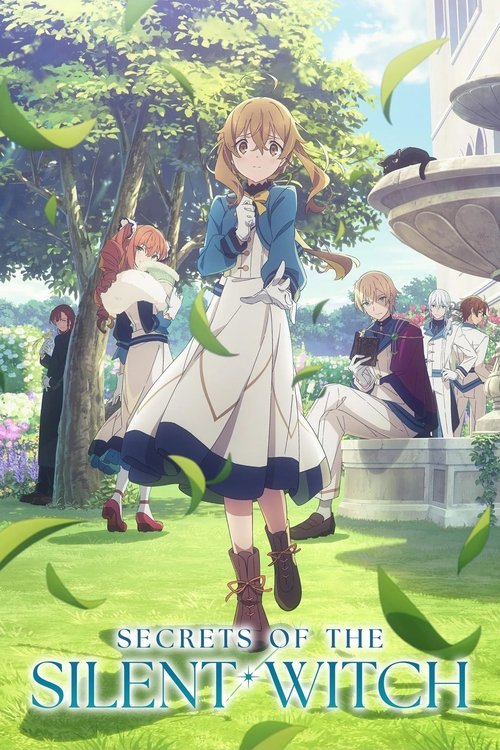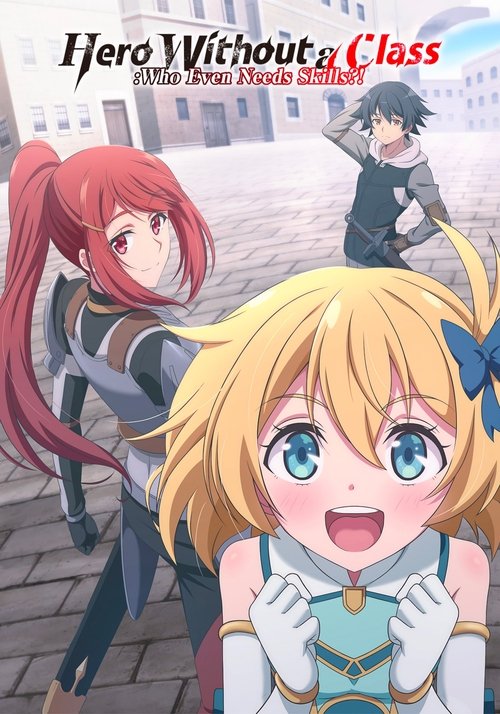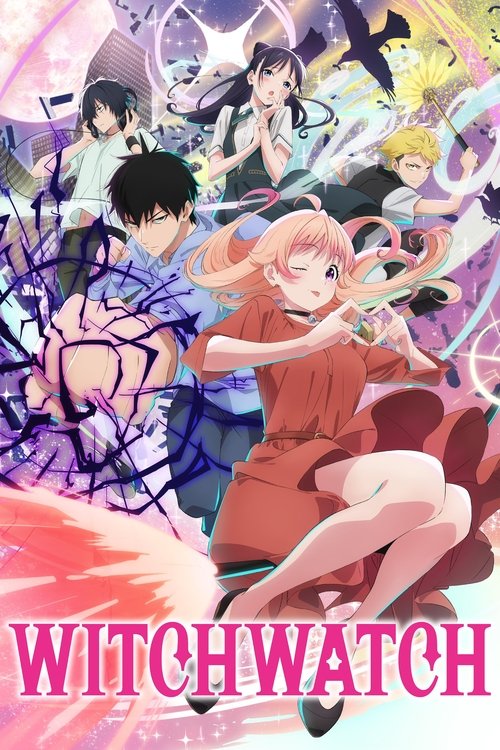
Ask Your Own Question
What is the plot?
Takopi, a squid-like creature from the Happy Planet, arrives on Earth with the mission to spread happiness. Upon landing, Takopi is quickly found by Shizuka Kuze, a somber and unsmiling fourth-grade girl who feeds it and names it Takopii. Shizuka is bullied at school, lacks a father figure, and has an absent mother, but she has a dog named Chappy who is her sole source of happiness. Takopi, naive and pure-hearted, resolves to make Shizuka smile despite not fully understanding the gravity of her troubles.
Takopi's early attempts to cheer Shizuka up involve simple acts of kindness and playful antics, but these efforts often backfire or have unintended consequences. Meanwhile, Shizuka's school life is harsh; her classmates, especially Marina, bully her relentlessly. Marina's bullying is later revealed to stem from her own abusive home life, where she supports her mother but also vents her pain on Shizuka. This cycle of abuse is a recurring theme, showing how hurt children hurt others.
Shizuka's home life is bleak. Her mother is emotionally distant and often absent, and Shizuka's father is not present. The emotional neglect compounds her isolation and despair. Takopi witnesses these harsh realities but struggles to comprehend them fully due to its optimistic nature.
A pivotal and tragic event occurs when Shizuka's beloved dog Chappy is stolen by bullies and presumably euthanized. This loss devastates Shizuka, pushing her into deep despair. In a harrowing sequence, Shizuka attempts suicide. The anime does not shy away from showing the aftermath in graphic detail, lingering on the emotional and physical consequences without cutting away.
Takopi, despite its innocence, begins to understand the severity of the situation and the limits of its ability to bring happiness. It recalls that it originally came from the future and had met Marina, learning about her abusive family. Takopi concludes that to make Marina happy, it must kill Shizuka, believing this would end the cycle of pain. However, when attempting to return to the past to enact this plan, Takopi collides with the Happian Matriarch, a figure embodying learned abusive patterns from Takopi's own past trauma with Marina. This collision causes Takopi to lose its memories and return to the past, which is the starting point of the series.
Back in the present timeline, Shizuka is about to kill Takopi, but she hesitates and does not go through with it. Takopi returns to its original spot and encounters Naoki, another child suffering from family problems after confessing something to his parents. Naoki thanks Takopi for the brief moments of happiness it gave him and returns Takopi's Happy Camera, a device central to Takopi's mission.
Takopi meets Shizuka again and endures her abuse while apologizing for failing to make her happy. Shizuka breaks down emotionally and opens up about her feelings. In a final act, Takopi uses its life force to power the Happy Camera one last time to turn back time to the moment of the first photo taken.
The timeline resets, continuing without Takopi's presence. However, Takopi's sacrifice leaves a lasting impression on Shizuka, Marina, and Naoki. Although bullying persists, Shizuka and Marina notice a drawing of Takopi, which triggers vague memories of Takopi's sacrifice. This shared memory leads the two girls to break down and open up to each other, beginning a healthier relationship.
Six years later, Shizuka and Marina have become best friends. Despite their families remaining broken and abusive, the two girls have found a supportive bond that allows them to talk and heal, breaking away from the cycles of abuse that once defined their lives.
More TV Shows Like This
Browse All TV Shows →
What is the ending?
Short, simple narrative of the ending of Takopi's Original Sin (2025 anime):
Takopi, a cute alien determined to make the depressed Shizuka happy, ultimately realizes that time travel cannot undo her deep emotional wounds. Despite his efforts to change the past and erase pain, Takopi comes to accept that some pain must be faced in the present to find true happiness. The story closes on a bittersweet note where acceptance and genuine connection prevail over attempts to rewrite history.
Expanded, detailed narrative of the ending scene by scene:
The final episodes of Takopi's Original Sin unfold with Takopi continuing his mission to save Shizuka from her despair. The story begins with Takopi using his powerful time-travel device from his home planet to go back to Shizuka's middle school years, aiming to rewrite events that led to her current pain. Takopi's memory is soon wiped by his own people to restore him to a more innocent, happy state, but his experiences cling to him, and he retains a deep desire to help Shizuka.
In a pivotal scene, Takopi confronts the harsh realities behind Shizuka's suffering. It is revealed that Shizuka's pain is not simply the result of one event or person; it is a complex web involving abuse and misunderstanding, especially involving another character named Marina, who blames Shizuka for her own misfortunes. Takopi initially believes that removing Shizuka from the equation might bring happiness, but this proves to be a flawed solution.
As the narrative progresses, Takopi's attempts to "fix" the past through time travel unravel, showing that no amount of rewinding or erasing memories can truly heal deep emotional wounds. The story portrays his growing realization that happiness cannot be manufactured by altering history but must come from confronting the present truth and emotional pain.
The climax features Takopi embracing this painful truth. Instead of continuing to manipulate time, he offers Shizuka genuine companionship and support. This is a quiet but profound moment emphasizing acceptance over avoidance. The anime closes with a scene highlighting the fragile but hopeful bond formed between Takopi and Shizuka, underscoring the theme that happiness is imperfect and must be forged through genuine empathy and connection rather than escapism.
Throughout the ending, the animation emphasizes contrasting moods -- from the dark introspection of individual despair to the gentle warmth of friendship and acceptance, leaving viewers with a poignant message about the limits of intervention and the power of human (and alien) connection.
This detailed, scene-by-scene narrative captures the essence of Takopi's Original Sin's conclusion: a story where time travel fails to erase sorrow, and true healing is found not in changing the past, but in embracing the present with compassion.
Is there a post-credit scene?
In the 2025 series "Takopi's Original Sin," there is indeed a post-credit scene that adds a poignant layer to the narrative.
As the credits roll, the screen fades to black before transitioning to a serene, moonlit landscape. The camera pans slowly over a quiet park, where the soft rustling of leaves can be heard. A gentle breeze carries the sound of distant laughter, evoking a sense of nostalgia and longing.
In the foreground, we see Takopi, the titular character, sitting on a swing, his expression contemplative. The moonlight casts a silvery glow on his features, highlighting the mix of innocence and sorrow that defines his journey throughout the series. He swings gently, lost in thought, as memories of his adventures and the friends he has made flash through his mind.
Suddenly, the scene shifts to a close-up of a small, colorful drawing pinned to a nearby tree. It depicts Takopi and his friends, smiling and surrounded by vibrant colors, symbolizing the joy and connection they shared. This drawing serves as a reminder of the impact he has had on those around him, despite the challenges and darkness he faced.
As the camera zooms out, we hear a soft voice, echoing the words of one of his friends: "You have the power to change the world, Takopi." The words linger in the air, resonating with hope and possibility.
The scene concludes with Takopi looking up at the stars, a faint smile breaking through his somber demeanor. The screen fades to black once more, leaving viewers with a sense of unresolved potential and the promise of new beginnings, hinting at the ongoing journey of growth and healing that lies ahead for Takopi and his friends.
How does the character of Yuki evolve throughout the series?
Yuki begins as a withdrawn and troubled child, struggling with feelings of isolation and despair. As she encounters Takopi, her emotional state begins to shift. Through their interactions, Yuki learns to confront her fears and express her feelings, leading to a gradual transformation. The series highlights her journey from vulnerability to empowerment, showcasing her resilience and the impact of friendship on her healing process.
What is the significance of Takopi's ability to manipulate emotions?
Takopi's ability to manipulate emotions serves as a central plot device that drives the narrative forward. It allows him to connect with the children he encounters, providing them with joy and comfort in their darkest moments. However, this power also raises ethical questions about consent and the authenticity of the emotions he creates. As Takopi navigates his relationships, he grapples with the consequences of his abilities, leading to moments of internal conflict and growth.
What role does the mysterious antagonist play in Takopi's journey?
The mysterious antagonist serves as a foil to Takopi, embodying the darker aspects of emotional manipulation. This character's motivations are rooted in a desire to control and exploit the emotions of others for personal gain. Their confrontations with Takopi challenge him to understand the true nature of emotions and the importance of genuine connections. The antagonist's presence creates tension and conflict, pushing Takopi to confront his own abilities and the ethical implications of his actions.
How do the other children react to Takopi's powers?
The other children exhibit a range of reactions to Takopi's powers, reflecting their individual emotional states and backgrounds. Some are initially drawn to him, finding solace in the joy he brings, while others are skeptical or fearful of his abilities. As the story progresses, their relationships with Takopi deepen, leading to moments of trust and vulnerability. These interactions highlight the complexities of childhood emotions and the varying ways children cope with trauma and joy.
What pivotal moment leads to Takopi's self-discovery?
A pivotal moment in Takopi's self-discovery occurs when he faces the consequences of his emotional manipulation. After realizing that his actions have inadvertently caused harm to one of the children, he is forced to confront the reality of his powers. This moment of reckoning leads to a profound internal struggle, prompting Takopi to reevaluate his purpose and the impact he has on others. It marks a turning point in his character arc, pushing him towards a path of genuine connection and understanding.
Is this family friendly?
The TV show Takopi's Original Sin (2025) is not family-friendly and contains themes and scenes that may be upsetting for children or sensitive viewers. Key points about its content include:
- The show deals with dark, mature themes such as depression and suicide, which are discussed explicitly in the anime and its source material.
- There are violent and distressing scenes, including a graphic beating where a character is assaulted severely, with actions like a mechanical pencil being shoved into an eye. This scene is described as "stomach-churning" and impactful enough to require a viewer to pause and compose themselves.
- The narrative includes depictions of difficult home life and traumatic school interactions, which may be upsetting, particularly for sensitive viewers or children.
- Overall, the story's tone is serious and intense, far from light or child-friendly, despite the seemingly cute appearance of the alien character Takopi.
In summary, Takopi's Original Sin contains mature themes such as violence, trauma, and suicide that make it unsuitable for children or viewers sensitive to such content. Viewer discretion is strongly advised.

























